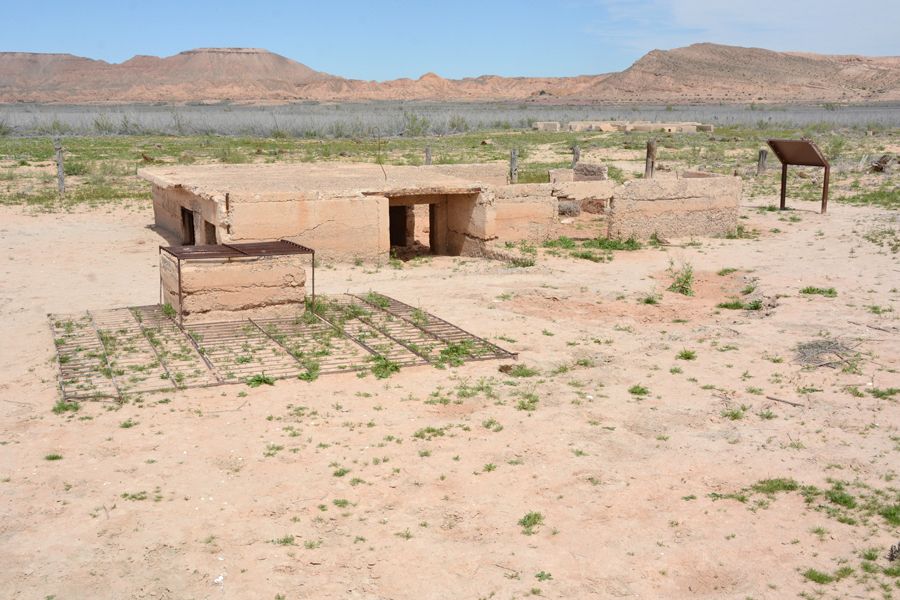St. Thomas, Nevada
St. Thomas, Nevada, was once a thriving town founded by members of The Church of Jesus Christ of Latter-day Saints.
At the confluence of the Muddy and Virgin Rivers, Latter-day Saint pioneer Thomas S. Smith established a community in 1865 as directed by Brigham Young. By 1866, approximately 45 families had joined him and were building homes and working the land. Channels and cisterns were used to capture the needed water and they grew grains, vegetables, fruit trees, and melons. The settlement served travelers as one of the stopping points between Los Angeles and Salt Lake City.
At the time of the settlement, the boundaries of Utah, Arizona, and Nevada were not delineated. Settlers thought they had established their homes in Utah. However, in December 1870, the town of St. Thomas was finally determined to fall within the state of Nevada. Consequently, the government of Nevada required from the residents a significant amount of back taxes. “After seeking advice from President Brigham Young, he gave them the option of voting whether to stay or to go. A large majority of the settlers decided to leave and they abandoned the settlement.”[1] Thomas Smith had departed in 1868.[2]
Gradually other people came to the town to try their hand at settling the area. Schools, hotels, other businesses, and a railroad spur were constructed to serve the growing community.
The Boulder Dam Act of 1928 changed the future of St. Thomas. Soon the town would be covered by the waters of Lake Mead, and residents were compensated for their land and homes. Essentially, St. Thomas was purchased by the United States government. The dam was completed in 1935 and by June 11, 1938, St. Thomas officially ceased to exist when the post office closed.
For a long time, the site of St. Thomas lay hidden from view by 60 feet of water. By 2002, the remains of St. Thomas began to appear. The foundations of homes and buildings are now visible and visitors can access the town via a three-mile dirt road.
